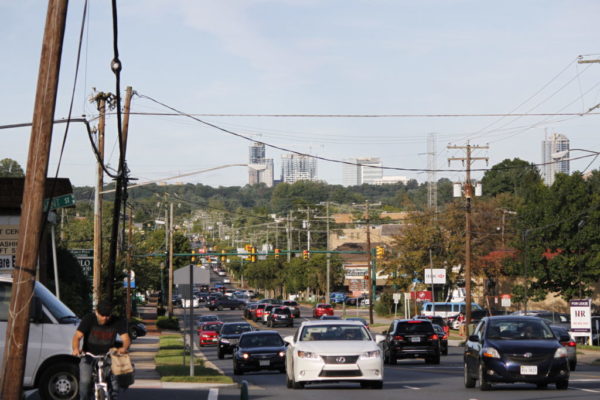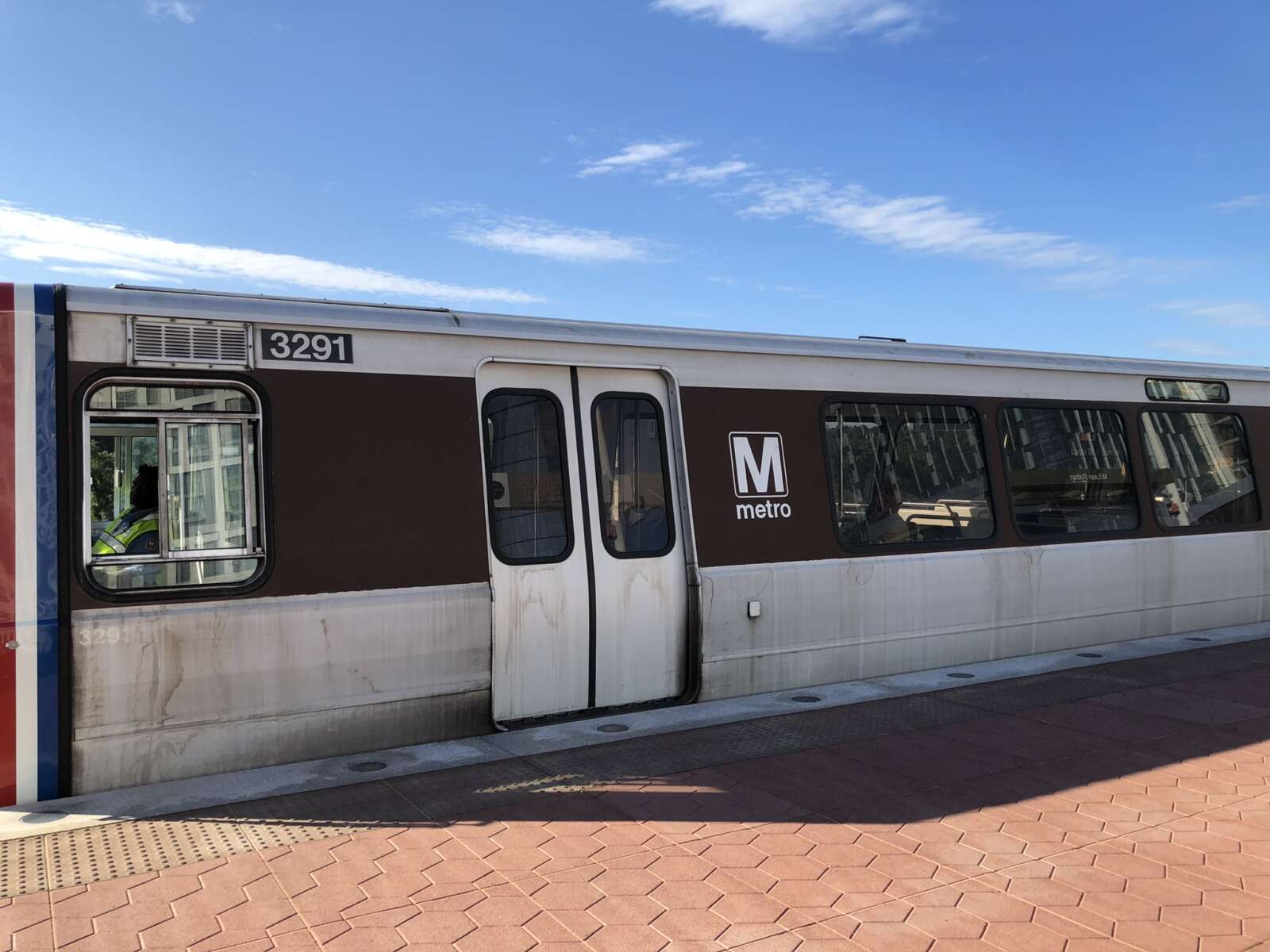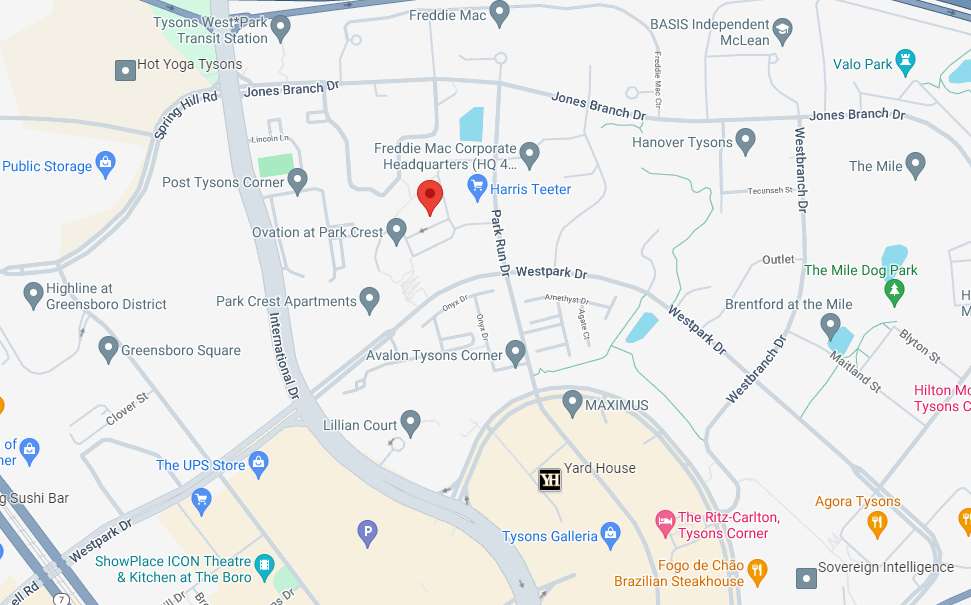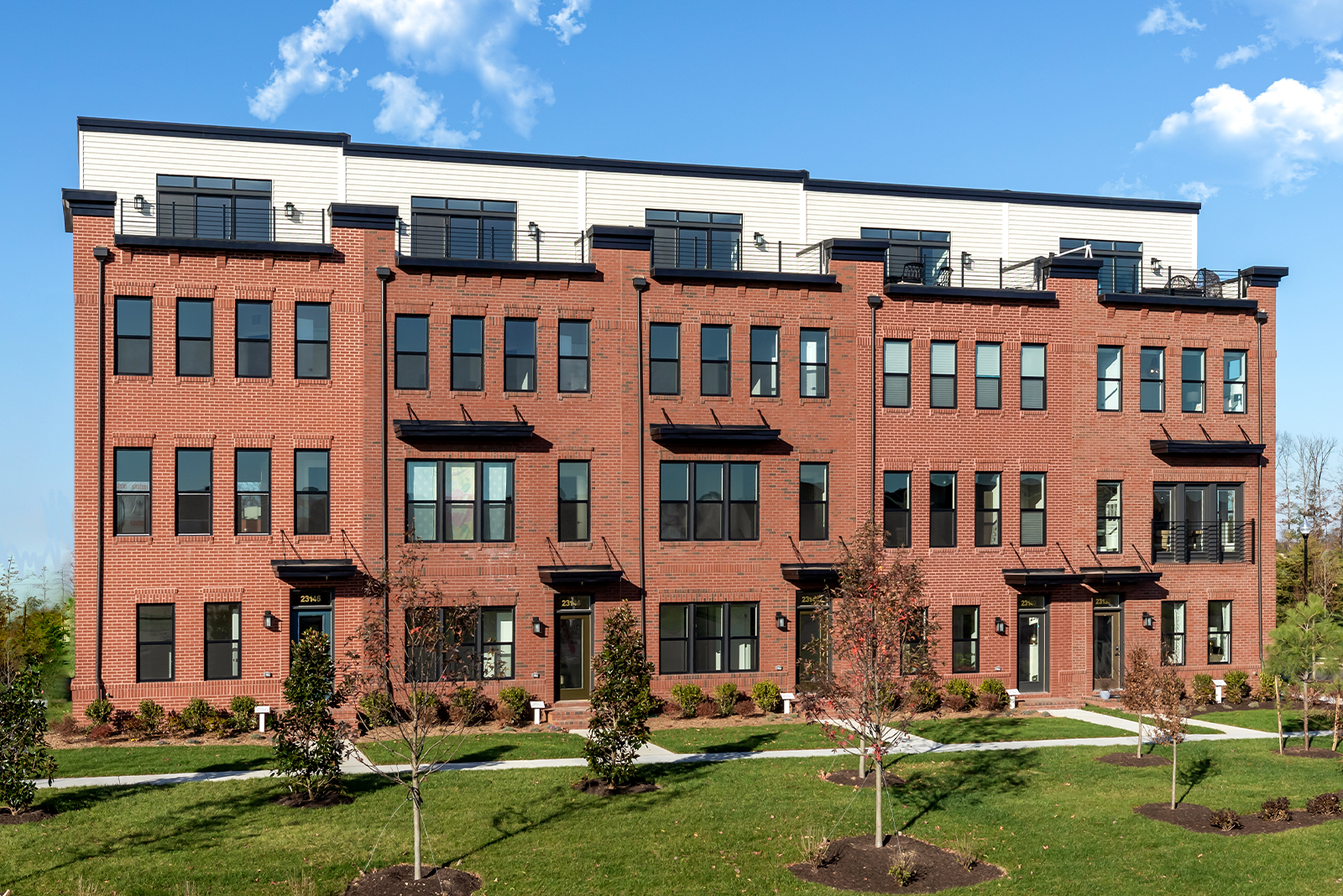A new report confirms what anyone who has driven to a business in Vienna might have suspected: getting there by car can be a nightmare, strict zoning rules can make storefronts hard to find, and much of the retail space is going to need some heavy maintenance if it hopes to survive.
An economic development report from consultant Streetsense and real estate consulting firm RCLCO examined the economic health of Vienna and made recommendations for where it can be improved.
“Retailers reported that the greatest pain point for customers arriving by car is heavy traffic on Maple Avenue and adjacent streets leading to commercial nodes,” the report said. “The extended travel time results in customer perception of inconvenience.”
The report notes that many streets in the town are designated with turning restrictions, which limits vehicle circulation around town and poses an inconvenience to customers, particularly those trying to reach commercial areas when entering the city along back roads — for example, people traveling to Vienna from the Mosaic District.
The report also said a lack of a cohesive parking strategy is another pain for visitors:
Although there are approximately 200+ public parking on-street and off-street spaces available to visitors in the core of the Town with a larger existing supply of parking spaces in privately-owned shopping centers along Maple Avenue, customers reported challenges in finding convenient parking during peak evenings when customer dwell times in Town are longer due to restaurant dining. At this time, there is no shared parking structure/agreement to support complementary utilization of available parking lots across disparate shopping center properties and public parking.
The report says the challenges of driving in Vienna are exacerbated by the clear delination between residential and commercial districts, which leaves few residents within walking distance of much of the town’s retail.
“In Vienna, there are few residents living within 0.25 mile of the commercial core of town when measured from the intersection of the W&OD Trail and Maple Avenue,” the report said. “As such, it is expected that most customers will arrive by car and must find parking within convenient proximity to their final destination storefront.”
The report said that these challenges put Vienna behind regional competitors like Old Town Alexandria, the Mosaic District, and Falls Church.
According to the report, Vienna currently has a 9% retail vacancy rate, but over half of that vacancy is in Class B space — mid-quality facilities that will require maintenance for a national retailer to operate.
“Class B space makes up the majority of spaces within the Town at 45%, or 472,000 SF, of the total inventory,” the report said. “Though present throughout the Town, most Class B space is present in the Maple Avenue node.”
To grow a healthier commercial base, the report recommends that the Town of Vienna loosen up a little bit in regards to flexible zoning, something that could be addressed as part of the town’s ongoing zoning code rewrite.
“Although Maple Avenue, Church Street, and Mill Street permit a variety of uses as-of-right — mainly retail, restaurant, light manufacturing and professional offices (although only in ‘office buildings’),” the report said, “there are still a number of emerging uses that are highly complementary to retail tenants and that in fact drive visitation to the commercial nodes that are either not permitted or that require conditional use permits or high minimum off-street parking that inhibit concept testing in the market.”
The report also recommends that the town relax some of its restrictions on creative use of frontage zones to help retailers market their stores.
“The storefront and its frontage zone is a retailer’s stage, and often helps grab a new customer’s attention or shapes a first impression,” the report said. “As such, it is critical that retailers are given the opportunity to maximize visual merchandising, signage, and advertising just outside the store. At this time, the Town prohibits blade signs that extend out onto the frontage zone as well as outdoor display of merchandise.”
The report says local businesses cited these restrictions as detrimental during feedback sessions.
“Customers’ attentions are often short-lived; especially now as they are being more selective in how and where they spend their time and their dollars,” the report said. “Now, more than ever, storefronts will need to carefully consider how to address a mix of temporary/ad-hoc and permanent signage and use classic, timeless approaches and even subtle touches, including creative outdoor display and dining, blade signs, and sandwich boards.”






